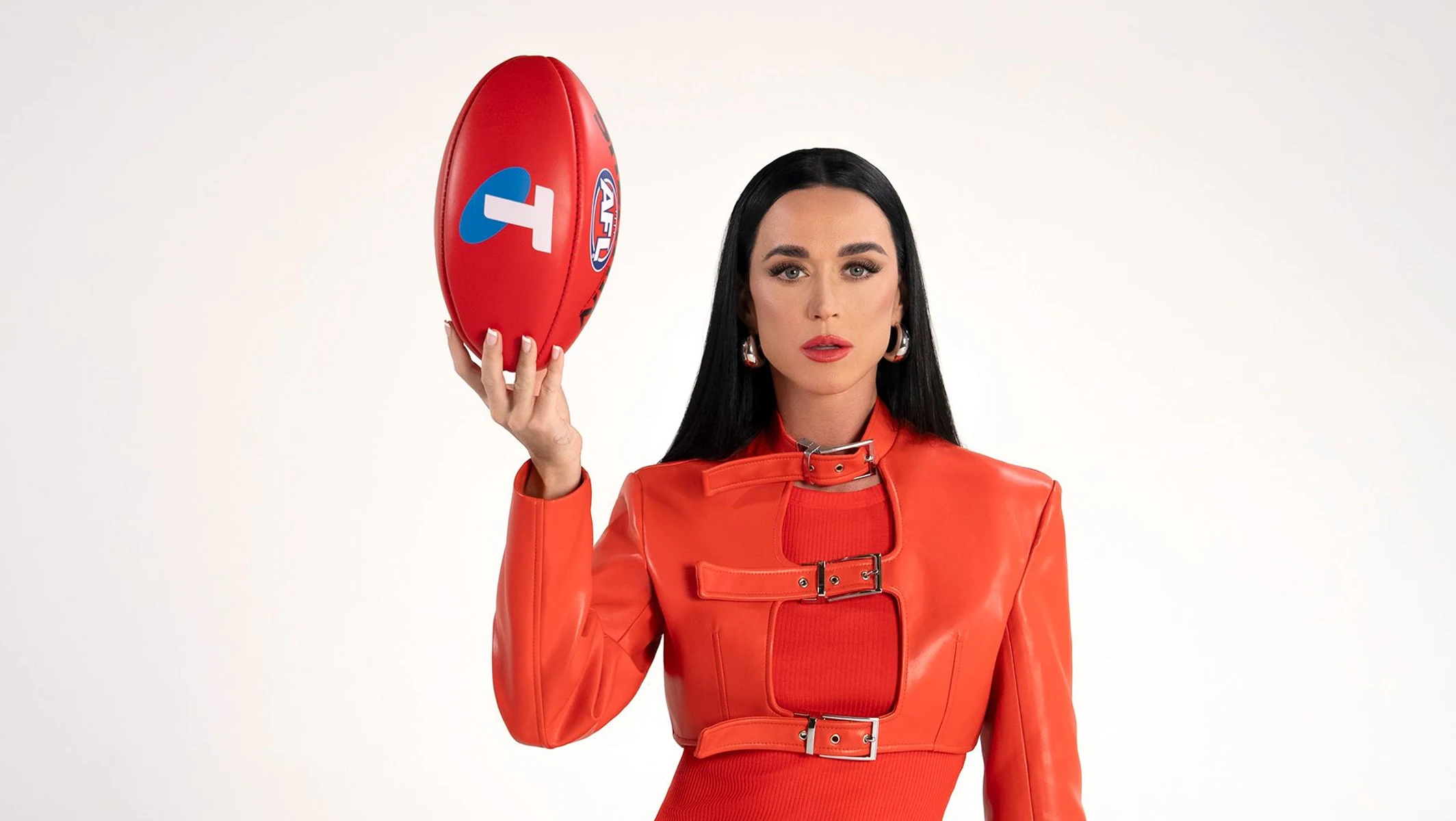[mkdf_dropcaps type=”normal” color=”#f55549″ background_color=””]I[/mkdf_dropcaps]
nternational Cricket Council (ICC) head of digital, Finn Bradshaw, spoke to Ministry of Sport around how the ICC’s digital strategy has evolved due to COVID-19 and how digital has changed across sports in recent years.
Speaking about the lack of events due to COVID and placing the emphasis on trying to engage fans without live events, Bradshaw said the ICC had a chance to review its digital strategy as a whole.
“We’ve been like most sporting organisations through COVID-19, where our problem was the lack of content because we had to postpone the men’s T20 World Cup that was due to be in October last year,” Bradshaw told Ministry of Sport.
“But that was probably beneficial from a strategic point of view because it gave us a chance internally to step back and review where we’re putting our energies and make sure we can align on where we need to go.
“We still want to keep our conversation up with fans, so we used two key strategies around that.
“One is leveraging our archive, like a lot of other sports.
“We tried to make it not so haphazard, we created focused campaigns around that.
“In February, it was 10 years from the 2011 World Cup, which India won on home soil, and while we had digitised that archive, we hadn’t really gone deep on it.
“We rolled it out day-by-day, with match highlights, we spoke to people involved in the event, we had a choose your own adventure Twitter poll and tried to use all our platforms.
“Facebook asked us to really lean into Reels and that went gangbusters for us.
“We tried a lot of stuff to help us prepare for the event later this year, and the biggest one was around creating content not in English, specifically Hindi.
“In India, about 70% of sports content is consumed in Hindi language, and obviously we see India as one of our key markets.
“For us not to be creating content in Hindi doesn’t make any sense.
“We had a whole content plan around Hindi, and we built up the Hindi Facebook group and established that community and consistency of content.
“We’re really happy with how that went.
“It’s not a matter of just translating, language isn’t just communication, it’s culture as well, and we wanted to make sure we reflected the culture of who we’re talking to.
“With that, we didn’t have Hindi commentary from that World Cup, so we employed a known Hindi commentator to re-voice highlights for that.
“The other thing we did was finding really meaningful ways to engage our fans.
“Anyone can do a poll to vote on things, and we do plenty of that, but we wanted it to have real contexts.
“In December, we did awards for the best player of the last decade, and that was a campaign over three or four weeks.
“Over 1.5 million fans voted on that and that’s the first-time fans have had a say in it.
“Ultimately, we also had a jury vote in that, but the fans can say their voice was heard in that decision making, and that’s exactly what we were trying to do.
“Focusing on how we give fans a meaningful engagement and voice in our decision making,” he said.
Looking back at the success of the Women’s T20 World Cup in Australia just before the COVID-19 shutdown of the sporting world, Bradshaw said the tangible value of women’s sport was showcased to the world.
“From a digital perspective, the numbers we had for engagement for the Women’s T20 World Cup were as big as any event we’ve had previously, men’s or women’s,” Bradshaw said.
“I would say cricket has been progressive in the way it’s looked at women’s sport, but that event gave us some big proof points.
“Having 85,000 people in a stadium is a massive result, and the digital numbers prove the tangible commercial value.
“It’s not just something you do because it’s morally right, it’s something that can be packaged and sold with a significant value.
“The people who love cricket tend to love women’s cricket, it’s not like we have to find a new audience, it’s more about providing awareness to our audience of women’s cricket and helping build out the stars; everyone connects with personalities.
“When we decide to do player of the month, there’s no difference to how we cover the men’s and women’s winners, we want people to be as excited about women’s cricket as men’s cricket.
“The ICC was already on the right track, but it definitely helped the commitment to it when you see fans resonate with it so much, we got really positive feedback from the fans.
“COVID has obviously hit all world sport, but the women’s game has maybe been hit a little harder, now we’re really thinking about how we can keep that momentum up and awareness up leading into the Women’s World Cup next year,” he said.
Previewing the ICC’s plans for the upcoming Men’s T20 World Cup in India, Bradshaw highlighted the challenges involved with planning a global event during the ongoing pandemic.
“It’s a really challenging time to organise anything with the uncertainty around how many people we can have on the ground, how it will work, will there be bio-security bubbles,” Bradshaw said.
“Unfortunately, India’s being hit pretty strongly by another wave, but the IPL (Indian Premier League) looks like it’s going very smoothly.
“We’ve got great optimism the Men’s T20 World Cup will go ahead in India, but how that will be delivered, we’re working through that.
“We were talking around what we can do with AR and players, but all those things you would normally be able to assume you’d be able to get great access to players and create great engagement pieces, if they’re all in separate bio-bubbles, we may not be able to do that.
“It won’t be as easy as with all the teams normally going through one room.
“We’re really committed to being able to ensure everyone who can’t get there will have the experience brought to them, but to do that, we need people on the ground and the complexity around being able to do that is much harder than it used to be.
“I have so much respect to all our colleagues in sport around the world, whether it’s the NBA, NFL, any sport in the world, it’s so much harder than it used to be, and things change at the drop of a hat.
“It’s been a great lesson in flexibility,” he said.
When asked if sports organisations around the world are doing enough in the digital space, Bradshaw said: “There’s no doubt sports organisations see digital as just part of what you have to deliver, in a way it wasn’t even 10 years ago.”
“There’s definitely the acknowledgment now you need that expertise to help you understand how technology can be best used.
“Technology and digital are just enablers for the business, they aren’t an end to themselves, you need someone to interpret how digital can help an organisation get where it needs to go.
“Everyone has a lot less room for failure than they did previously due to COVID, and it will likely push digital in the right direction that you really have to prove the value of what you’re doing.
“Digital shouldn’t be seen as a luxury, it should earn it’s keep the way any other department has to.
“Less than COVID, the macro trends around society which are infecting media, the major funding source for sport, those trends are happening anyway and COVID is probably accelerating them by a couple years,” Bradshaw told Ministry of Sport.





